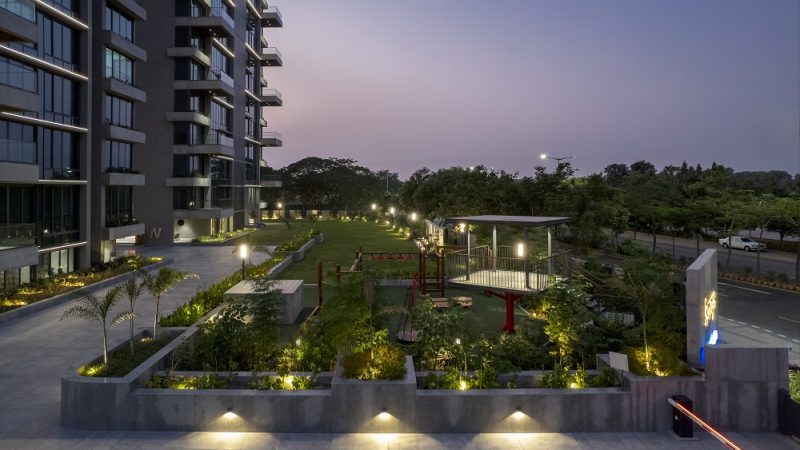The floating dock has changed the way waterfront properties, marinas and boat owners interact on the water. Unlike fixed docks that remain the same height, floating docks adjust to changing water levels and provide constant accessibility and stability. What truly makes them stand out is their durability. Their engineering is the secret — a combination of materials and structure with a design that makes them durable even under tough conditions.
1. The Foundation: Buoyant & Resilient Materials
Materials used to keep a dock afloat are the first factor that determines its durability. Modern floating docks are made of high-density Polyethylene (HDPE), or pontoons filled with encapsulated polyethylene foam. These materials resist rot, corrosion and impact – major problems that can affect wood and steel over time.
HDPE is a great material because it resists saltwater and UV rays, and can withstand temperature fluctuations without cracking. It doesn’t rust or warp like metal and doesn’t warp like wood. The dock will last a long time with little maintenance.
2. Modular Design for Structural Integrity
Modular construction is another key factor that determines the durability of a floating dock. Rather than being a large, rigid platform floating docks consist of several interlocking sections. Each module evenly distributes weight and motion, reducing strain to any one part of the dock.
The design is flexible, both structurally and literally. The dock will move with the waves instead of fighting them. This motion is natural and helps to prevent stress on the dock structure, cracks or disconnections.
Modular sections also make repairs easy. The dock can last longer and cost less to maintain if only one section needs replacing.
3. Reinforced Connection Systems
It is important to consider how each section connects. The hardware on high-quality floating docks is made of stainless steel or reinforced couplers that are designed to absorb vertical and lateral movement. These connectors serve as shock absorbers and maintain stability when the water level changes or when boats dock with force.
Rubber couplers can be used in some dock designs to allow for a slight movement. This controlled flexibility helps to prevent cracking, mechanical stress and keeps the dock surface safe.
4. Smart Weight Distribution & Load Capacity
Engineers design floating docks to accommodate different loads, from small boats to heavy footfall. Engineers calculate the buoyancy-to weight ratios to ensure that docks remain stable and level even in changing conditions.
Balance between flotation and weight capacity can prevent uneven sinking or inclining of docks, which could reduce their lifespan. Computer modeling and field tests are used to simulate extreme conditions, so that the dock can be installed with confidence.
5. Design for Weather Resistance and Environmental Design
Durability is not just about strength. It’s about resilience to nature. The floating dock is built to resist UV rays and saltwater corrosion. It can also withstand freezing temperatures and debris impact.
Modern systems are often coated with UV-stabilized paints that prevent surface degradation and color fading. Other materials expand and contract in response to temperature changes. This reduces the risk of cracks. This results in a structure which looks and functions like new even after many years of exposure.
Some designs incorporate eco-friendly engineering such as nontoxic flotation material and environmentally safe anchoring system that minimizes disruption to aquatic ecosystems. This proves that durability and sustainability go hand-in-hand.
Final Thoughts
Precision engineering is the key to floating docks’ durability. Each component is carefully designed, from the flexible connectors to the buoyant pontoons. These docks are built to withstand years of exposure.
The floating dock is a great solution for waterfront homes, marinas or recreational areas. It’s a perfect balance between strength and adaptability. These docks are a testament to the modern engineering – built to not only float but also last.
This post was written by a professional at Supreme Marine Floating Docks. Supreme Marine Floating Docks is dedicated to providing top-quality floating dock services Miami and marine accessories that combine durability, innovation, and superior performance. While we are a new brand, our team brings over 50 years of combined industry experience, making us a trusted name in the marine world. We are passionate about designing and delivering products that meet the highest standards, ensuring reliability and longevity in all marine environments. Whether for residential, commercial, or recreational use, our docks are crafted with precision and care, setting a new benchmark in the industry. At Supreme Marine, we don’t just build docks—we create lasting solutions.








